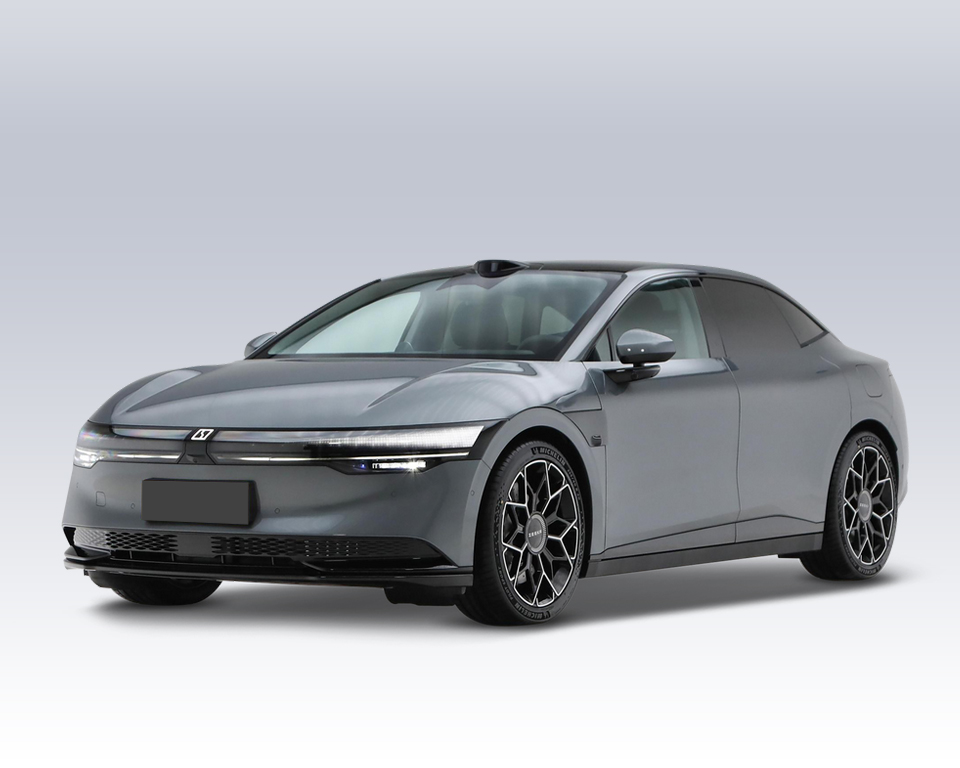Kirin, Blade, and Aegis: A Complete Analysis of China’s Top 3 EV Battery Technologies
As the global new energy vehicle (NEV) market continues to grow rapidly, power battery technology has become the core of industry competition. China, as the world’s largest EV market, leads innovation with three flagship battery technologies: CATL’s Kirin Battery, BYD’s Blade Battery, and Geely’s Aegis Battery. This article explores their technical principles, performance features, and application scenarios to help you better match customer needs in EV exports.
Catalog

1. CATL Kirin Battery (CTP 3.0 Technology)
Technology Overview
CATL’s Kirin Battery represents the third generation of its Cell-to-Pack (CTP) innovation. By eliminating traditional module structures and integrating cells directly into the battery pack, it boosts volume utilization to 72%, significantly increasing energy density. It supports both high-nickel ternary and LFP chemistries, achieving up to 255Wh/kg for ternary and 160Wh/kg for LFP—both industry-leading figures.
A standout feature is the “large-area cell cooling”, which places cooling plates between cells to achieve double-sided liquid cooling. This boosts heat dissipation efficiency by 300%. A super-thin composite-coated separator with over 50% porosity further enhances lithium-ion flow and low-temperature performance.
It also excels in fast charging, going from 10% to 80% in just 10 minutes, making it ideal for long-range, high-performance vehicles.
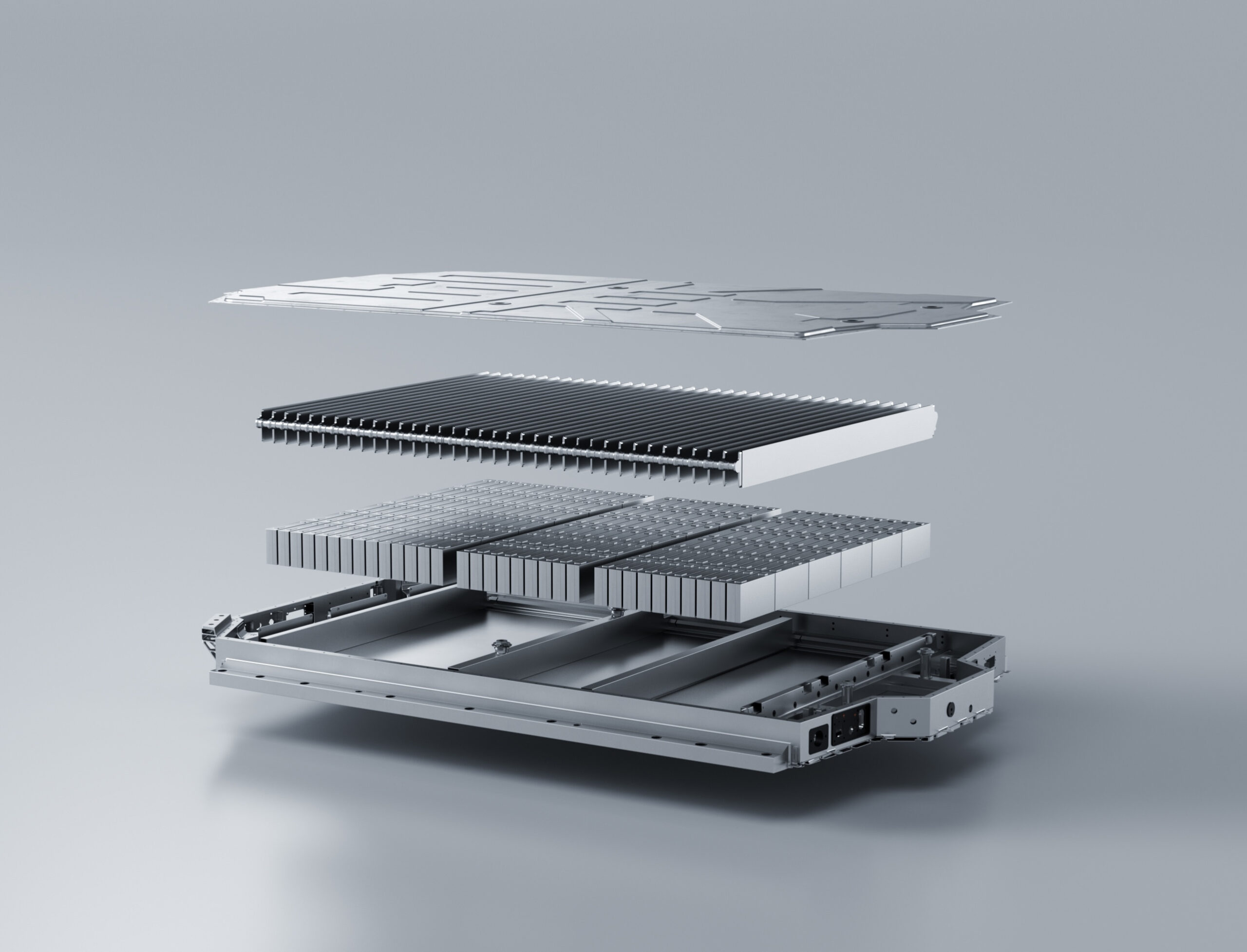
Key Features
Energy Density: Up to 255Wh/kg (ternary), 160Wh/kg (LFP)
Fast Charging: 10–80% in 10 minutes
Safety: Double-sided liquid cooling with 4× heat exchange surface
Compatibility: Suitable for high-end, long-range vehicles
Notable Models
Zeekr 001: Breaks 1,000 km range, 255Wh/kg density
Zeekr 009: Luxury MPV with 700+ km NEDC range
Li Auto MEGA: 12-minute recharge for 500 km range
Xiaomi SU7 Ultra: Uses Kirin II with atomic-level fast charging, 800V architecture
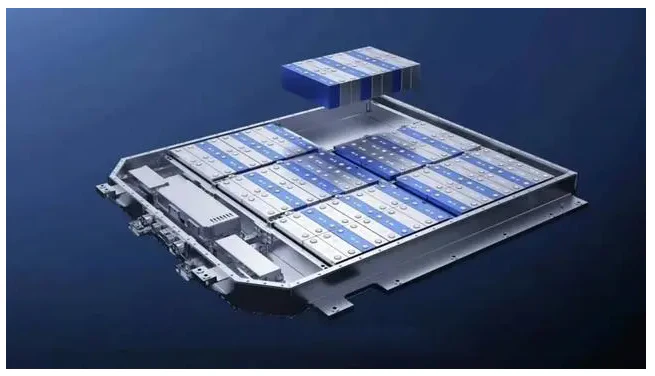
2. BYD Blade Battery (LFP + CTB Technology)
Technology Overview
BYD’s Blade Battery uses lithium iron phosphate (LFP) and Cell-to-Body (CTB) integration. The long, thin “blade” cells are inserted directly into the pack, eliminating module space and enhancing internal volume efficiency. It achieves around 180Wh/kg energy density—enough for daily use.
Renowned for safety, it passes nail penetration tests without catching fire and offers strong thermal stability. Its structural integration also strengthens the vehicle body, improving crash safety.
With lower material cost and long cycle life, the Blade Battery is ideal for mass adoption. It can recharge from 30% to 80% in about 30 minutes.

Key Features
Safety: Nail-test proof, thermally stable
Cost & Lifespan: Low-cost LFP, long cycle life
Structure: Reinforces vehicle rigidity
Energy Density: ~180Wh/kg
Notable Models
BYD Han EV: 76.9kWh Blade battery, 605 km range
BYD Seal: 61.4kWh or 82.5kWh versions, 550–700 km CLTC range
BYD Seagull: Compact EV with 305–405 km range options
XPeng MONA M03: Blade battery, up to 620 km CLTC range
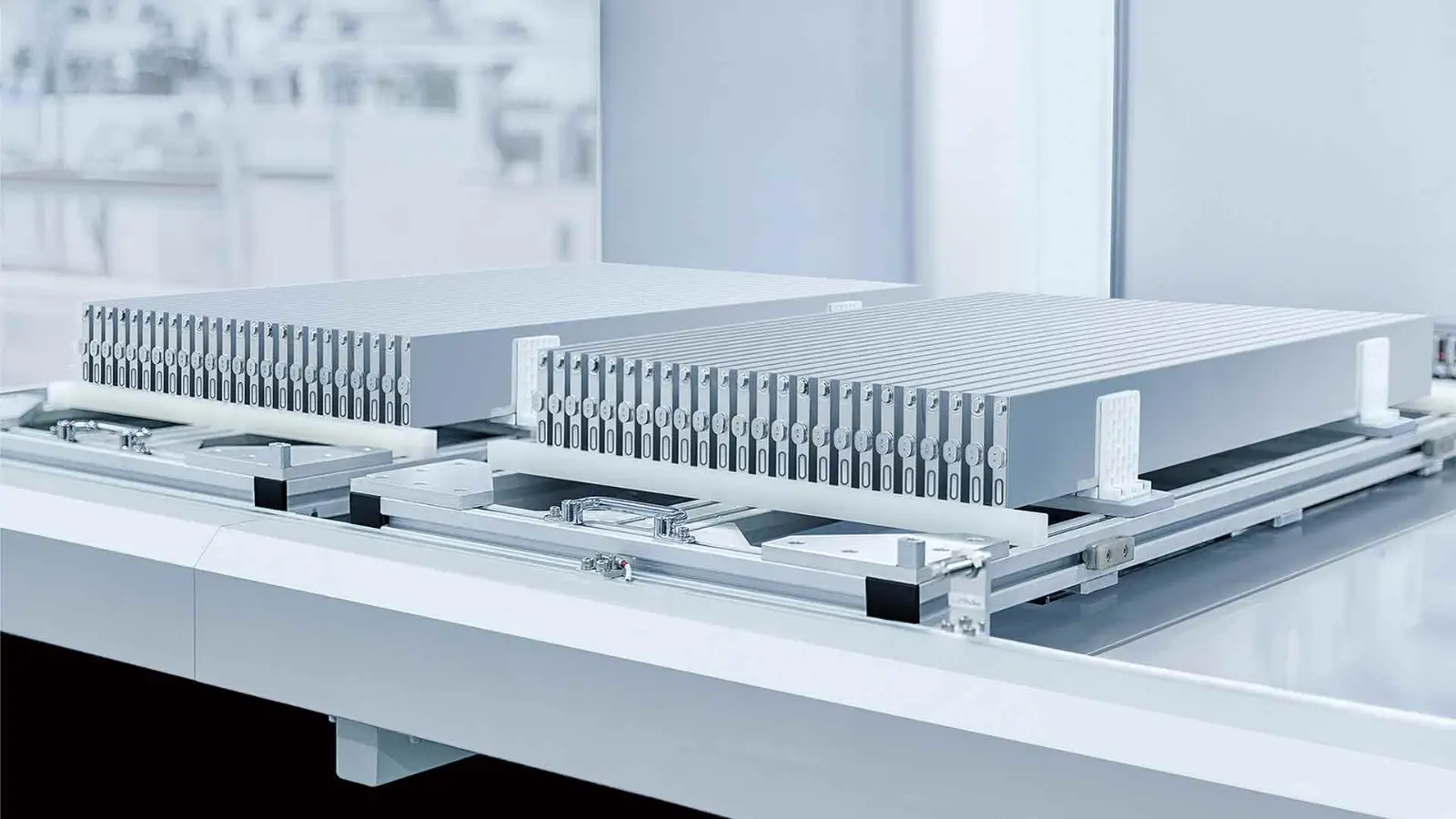
3. Geely Aegis Battery (CTP 3.0 + Multilayer Safety)
Technology Overview
Geely’s Aegis Battery blends CTP 3.0 with multi-dimensional safety features, such as fireproof materials, module-level flame resistance, and smart thermal control systems, to achieve “zero thermal runaway.” It delivers around 200Wh/kg energy density and over 50% space efficiency improvement.
Fast charging is also impressive: 10% to 80% SOC in just 17 minutes, averaging 2.45C charging speed. It performs exceptionally in cold environments, retaining over 90% capacity at –30°C.
Aegis is highly versatile, compatible with sedans, SUVs, MPVs, and commercial vehicles. In December 2024, the Aegis Short-Blade Battery won the 2025 China Mobility Technology Award, a major industry accolade.

Key Features
Safety: Pre-warning system, flame retardant, explosion-proof
Durability: 15-year/1.2-million-km warranty
Compatibility: Supports both LFP and ternary chemistries
Energy Density: ~200Wh/kg
Notable Models
Geely Galaxy E5: 60,000 units delivered in 119 days
Zeekr X: Prioritizes safety and rapid charging
Geely Galaxy Series: Multiple models powered by Aegis

4. Comparison at a Glance
| Feature | Kirin Battery (CATL) | Blade Battery (BYD) | Aegis Battery (Geely) |
|---|---|---|---|
| Technology | CTP 3.0 (Ternary/LFP) | LFP + CTB | CTP 3.0 + Multilayer Safety |
| Energy Density | Up to 255Wh/kg | ~180Wh/kg | ~200Wh/kg |
| Safety | High (structure innovation) | Extremely High (LFP + stability) | Extremely High (layered protection) |
| Fast Charging | 10 minutes (10%-80%) | 30 minutes | ~17 minutes |
| Ideal Use | High-end, long-range EVs | Budget, family EVs | Balanced, mid-range models |
| Example Models | Zeekr 009, Li MEGA | BYD Han EV, Seal | Zeekr X, Galaxy L7 |
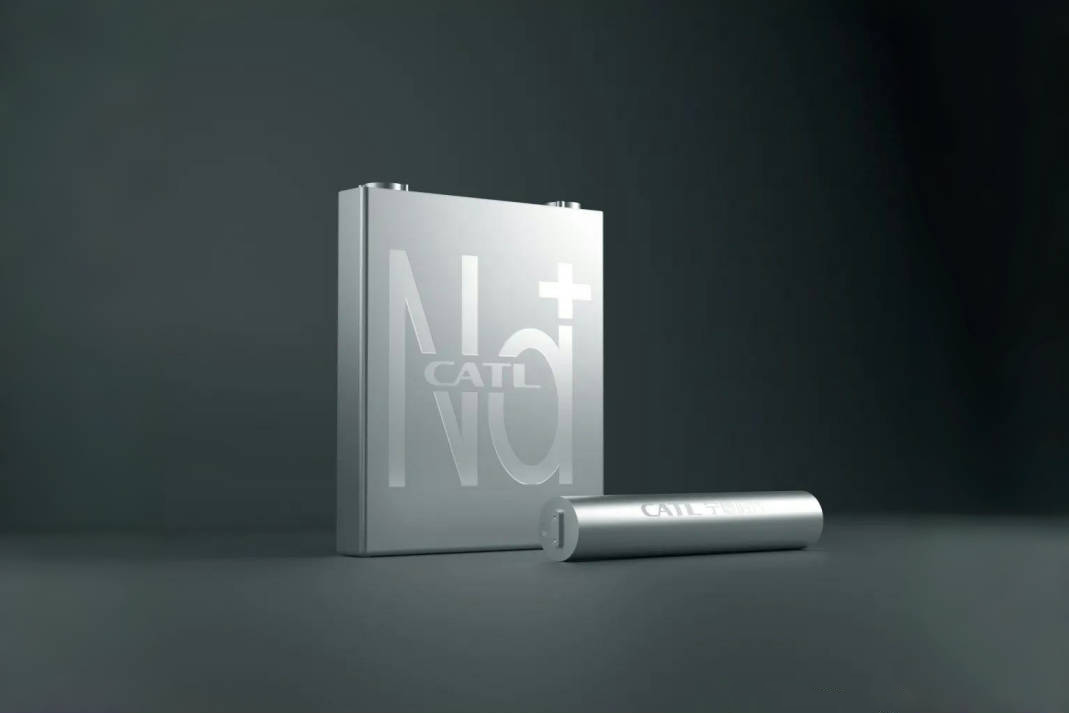
5. Final Recommendations
✅ For ultra-long range and ultra-fast charging: Go with CATL’s Kirin Battery—ideal for premium EVs.
✅ For safety and cost-effectiveness: Choose BYD’s Blade Battery—great for economical and family-friendly options.
✅ For all-around safety and performance: Pick Geely’s Aegis Battery—balanced choice for diverse segments.
By understanding these three major battery technologies, you can better choose the right EV for your needs—or guide your customers toward the most suitable new energy vehicle for their market.
Please explore our blog for the latest news and offers from the EV market.




